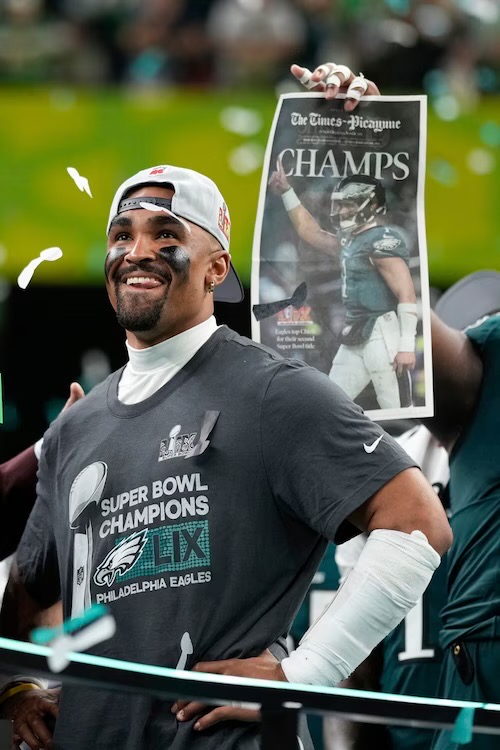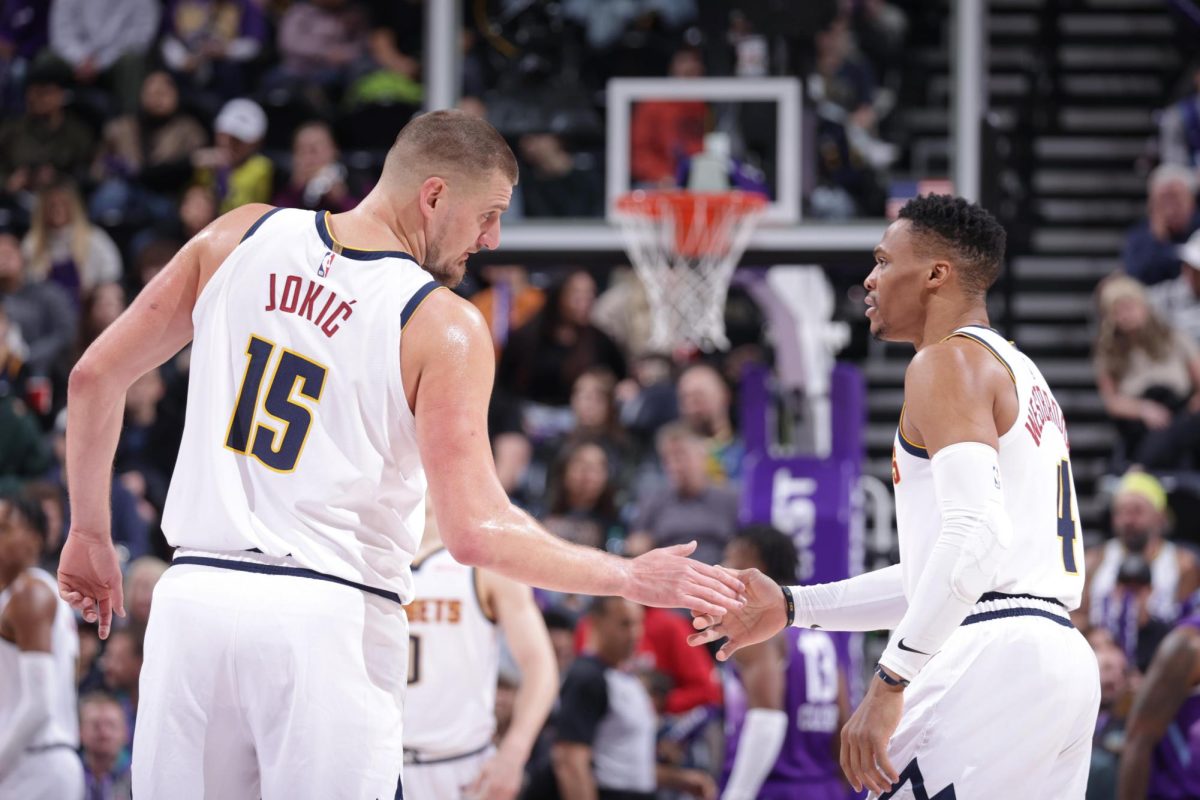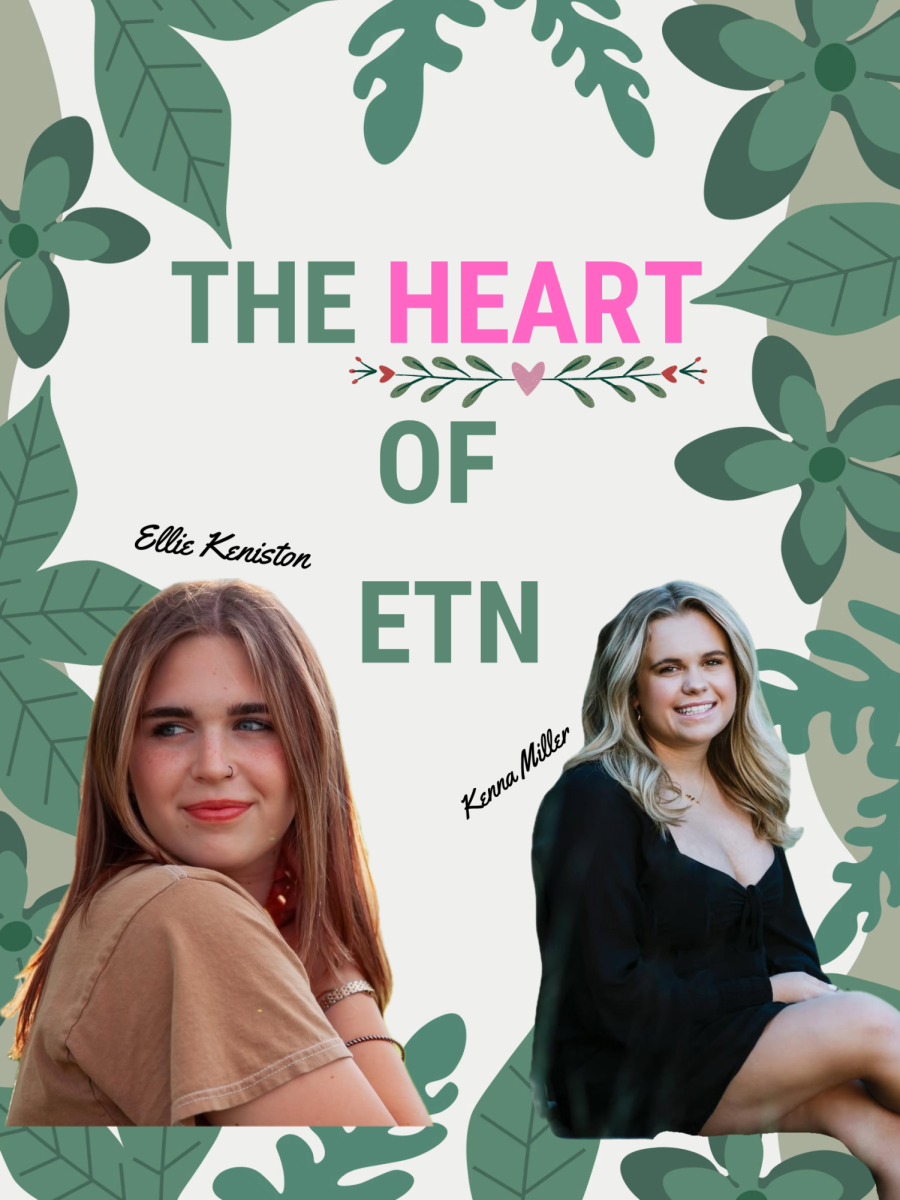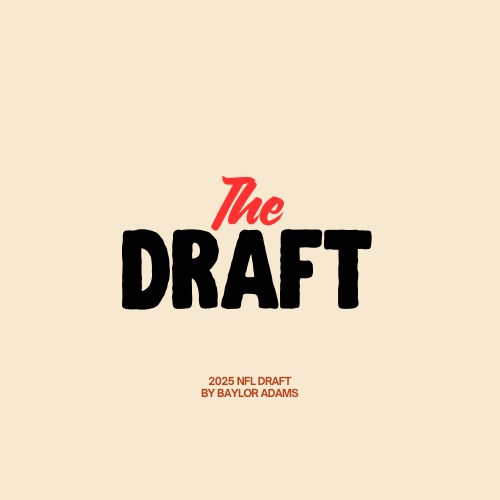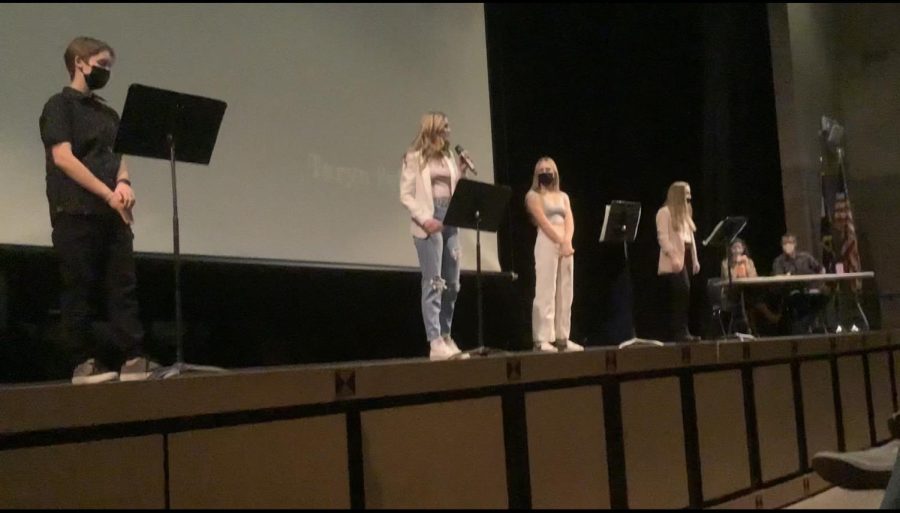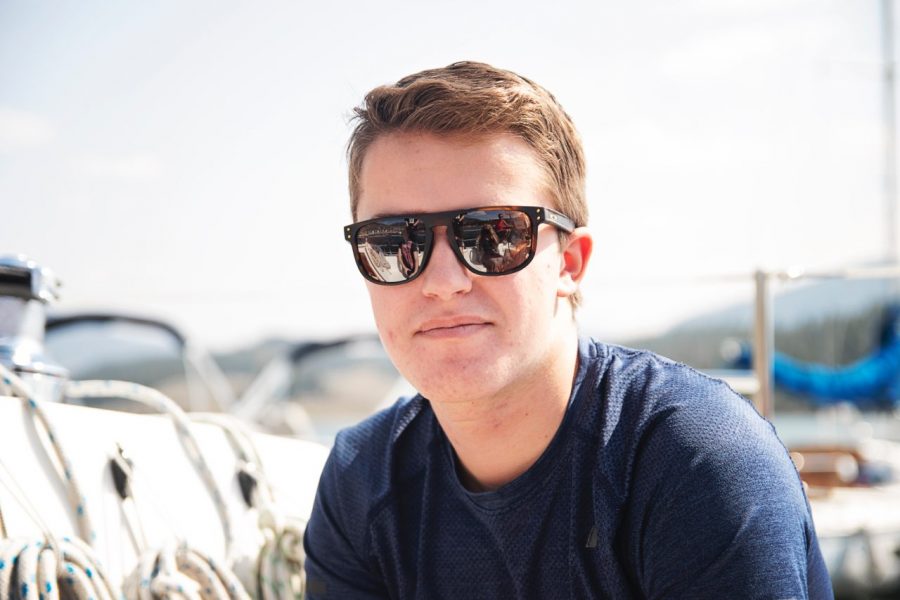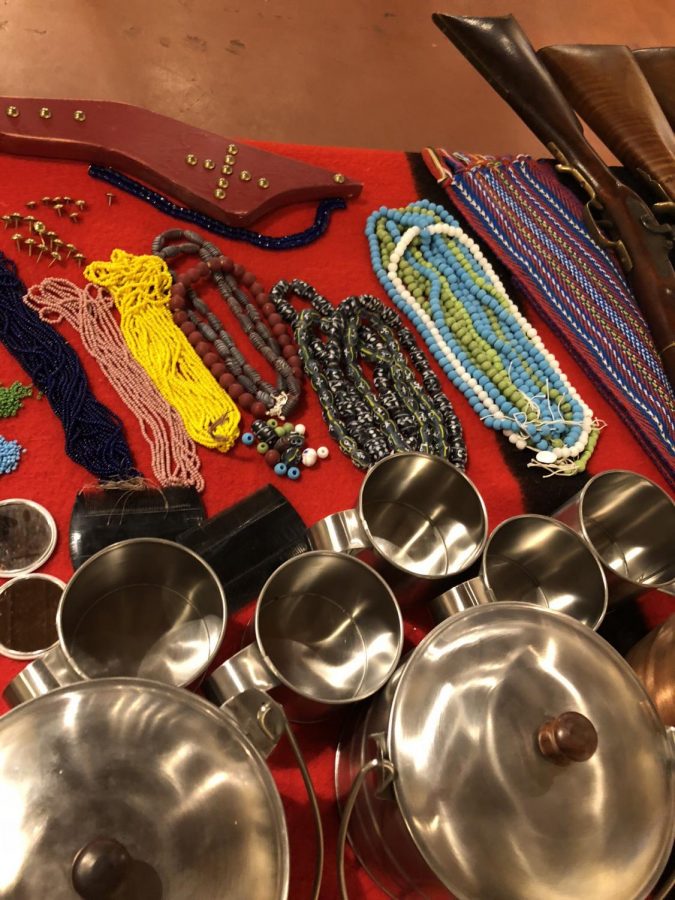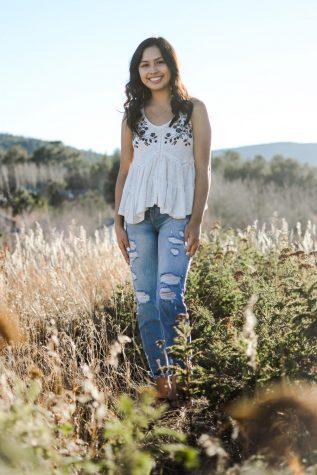Traveling Back West at Fort Vasquez
December 19, 2018
The Western American Fur Trade of the 1820s established the Mountain Man, the rendezvous system they followed, and a basis for western exploration. The hunters and trappers of the Rocky Mountain Fur Company modeled their system of trade after anual Indian trade gatherings and created trading posts to host the events all along the Rocky Mountains. However, the time was short-lived and many founders abandoned their forts. The trading post, Fort Vasquez, was built on the South Platte River in 1835 and later reconstructed during the 1930s, and remains as a regional museum in Colorado.
I got the chance to visit the museum and I was amazed with the amount of information that was available. I had originally thought that all trade items were domestic and that any trade was only between the mountain men, but items such as beads and jewelry were imported from multiple countries in Europe and sold to local Indian groups. I had overlooked certain aspects of native culture as being separate from other groups because of how little I had learned about them. The many artifacts that are in the museum provided me with a greater insight into the kinds of trade that occurred while the Fort Vasquez was still in operation.
Fort Vasquez was built by Louis Vasquez and Andrew Sublette, who through their trading, promoted interaction between the mountain men and the groups of Indians that lived in the area. At the museum, I saw trading items similar to those exchanged in the past like muskets, arrows, and knives. Traders exchanged the goods for buffalo hides which were considerably expensive. The Western Fur Trade also created trails and routes that remained after the period 1835-1842 as guides for western explorers. The routes that were crafted by hunters and trappers helped create maps and guide western explorers such as those who sought gold in the later 1840s.
Fort Vasquez was one of the many trading posts that emerged during the Western Fur Trade, and its significance is based on the trade community it established. Traders of all kinds were able to exchange animal hides, jewelry, weaponry, and clothing amongst each other which involved various peoples living on the plains and throughout the mountains. Fort Vasquez is preserved as a great reminder of Colorado’s role in western trade.






